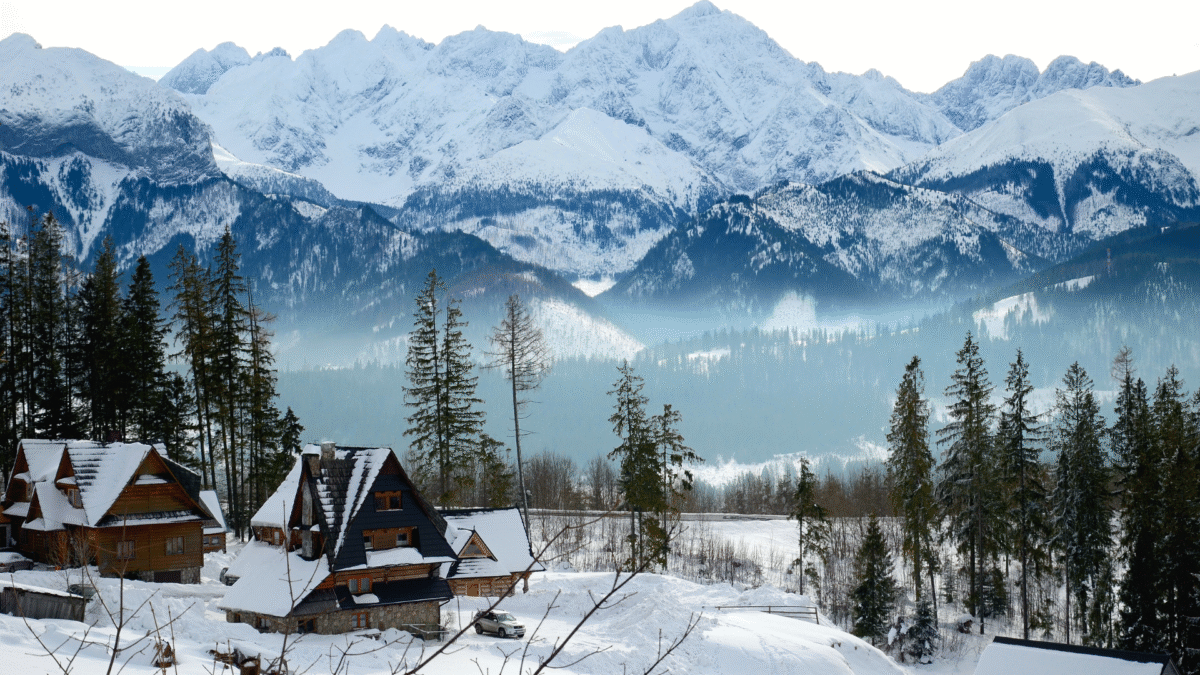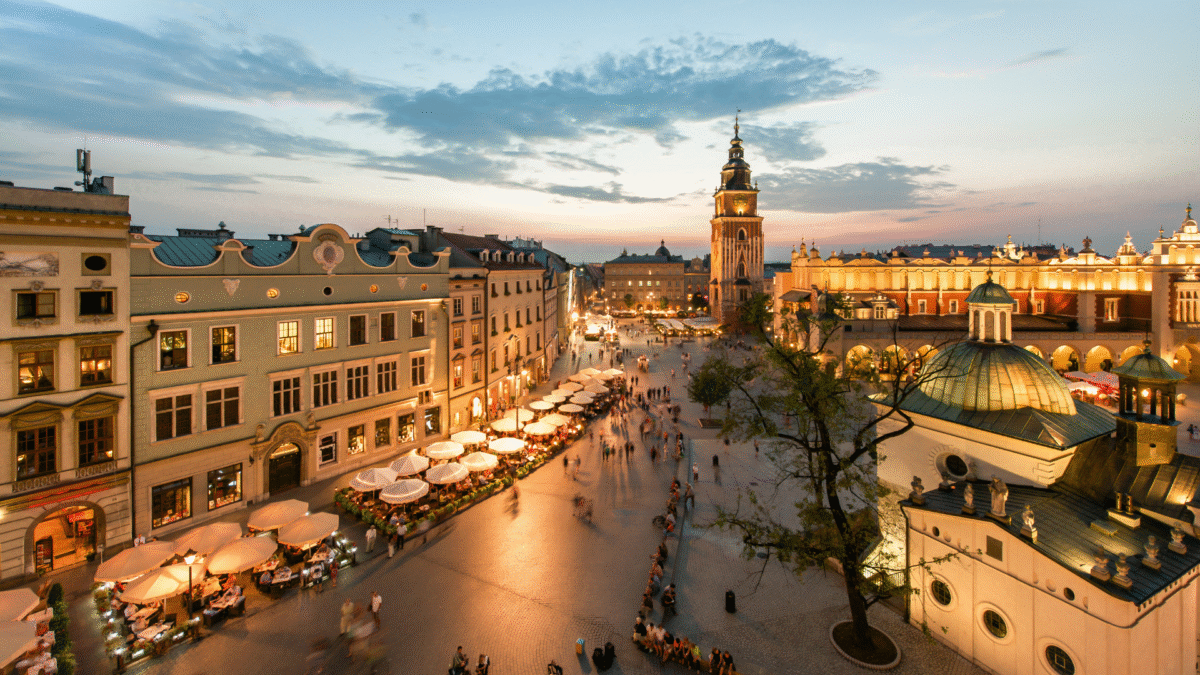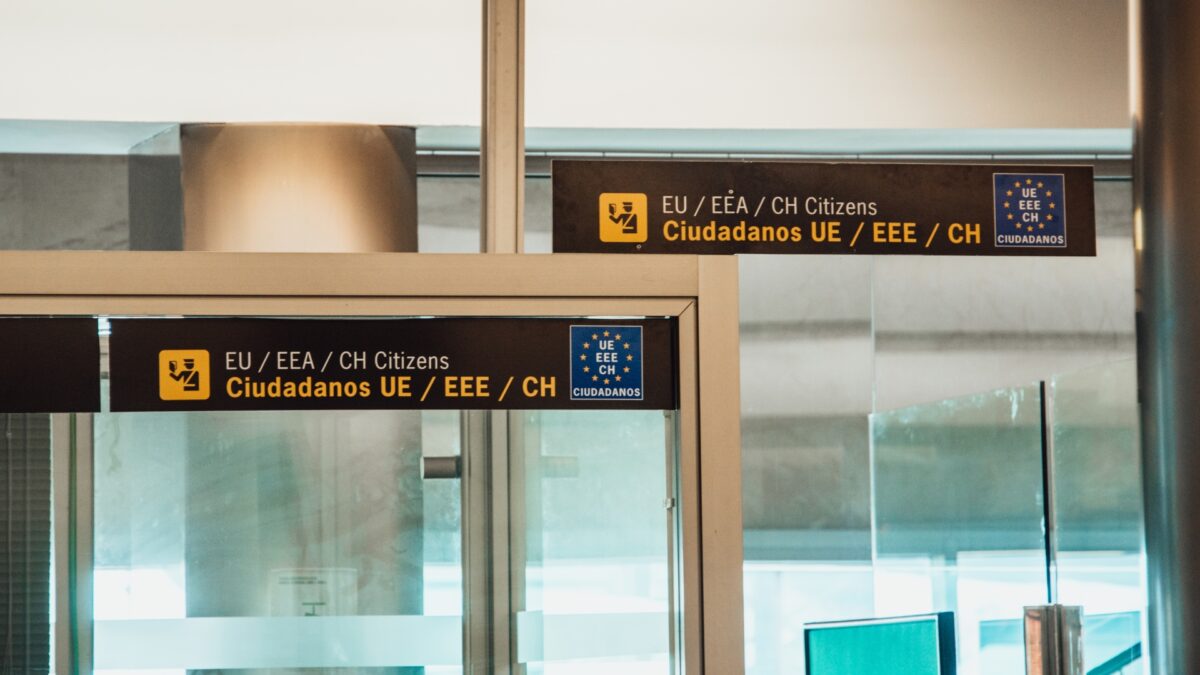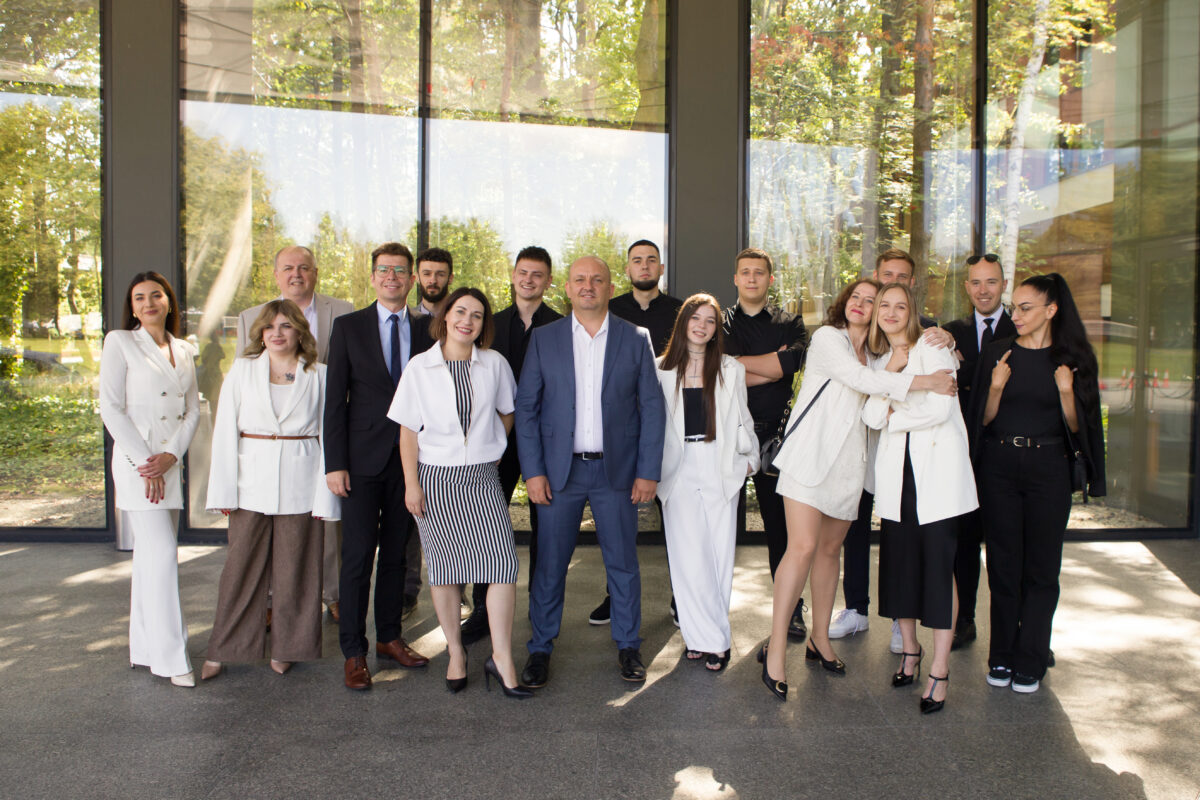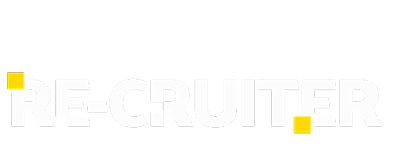The job market is changing faster than ever before. Companies compete for candidates’ attention, and the best specialists often do not browse job listings at all – you need to reach them proactively. This is why permanent recruitment is becoming one of the key elements of an organization’s growth strategy.
We handle permanent recruitment for junior, mid-level, and senior positions. Since 2016, we have been supporting companies across Poland and Europe in building stable and engaged teams.
Permanent recruitment – what does it actually mean?
Permanent recruitment is not just filling an open position. It is a process in which we:
– define business needs together with the client,
– specify the profile of the ideal candidate,
– reach both active job seekers and passive candidates,
– verify competencies, motivation, and cultural fit,
– recommend only those candidates with real long-term potential.
We do not focus solely on “matching the job description”. We look more broadly – at values, work style, communication style, and development plans. This allows us to minimize the risk of mismatches, turnover, and costly recruitment mistakes.
What positions do we recruit for?
We conduct recruitment for:
– junior positions,
– mid-level positions,
– senior positions.
We work with companies from a wide range of industries – from manufacturing and logistics to sales, services, and modern technologies. Thanks to this, we understand the specifics of various sectors and can quickly adapt to the client’s business environment.
Why is it worth working with us?
Cooperating with us is not just “outsourcing recruitment”. It is real support in building teams that fit your company here and now, as well as its future direction.
Recruitment can consume enormous resources – posting job ads, screening CVs, interviews, feedback, scheduling meetings… We take all of this off your plate. You gain time to run your business, and you meet only pre-selected candidates.
Over the years, we have built an extensive network of contacts and effective methods of reaching candidates who would not respond to a standard job ad. We reach places others do not – including passive candidates who are currently employed but open to change if the right offer appears.
Before starting cooperation, we clearly define the rules, process stages, and billing model.
We take responsibility for the candidates we recommend. We offer a guarantee period – if cooperation with the new hire ends during this time, we restart the recruitment process in line with the contract.
We do not work “assembly-line style”. Every project matters, and we treat our clients as partners. We advise on creating the job profile, salary range, candidate offer, and the entire recruitment process. We stay in touch at every stage – from launch to signing the contract with the candidate.
People build a company – we help you find them
We believe that a company’s strength begins with the right people. They determine whether the strategy becomes reality and whether company values are more than just slogans on a website. Our role is to help you find such people – professionally, systematically, and with a focus on results.




